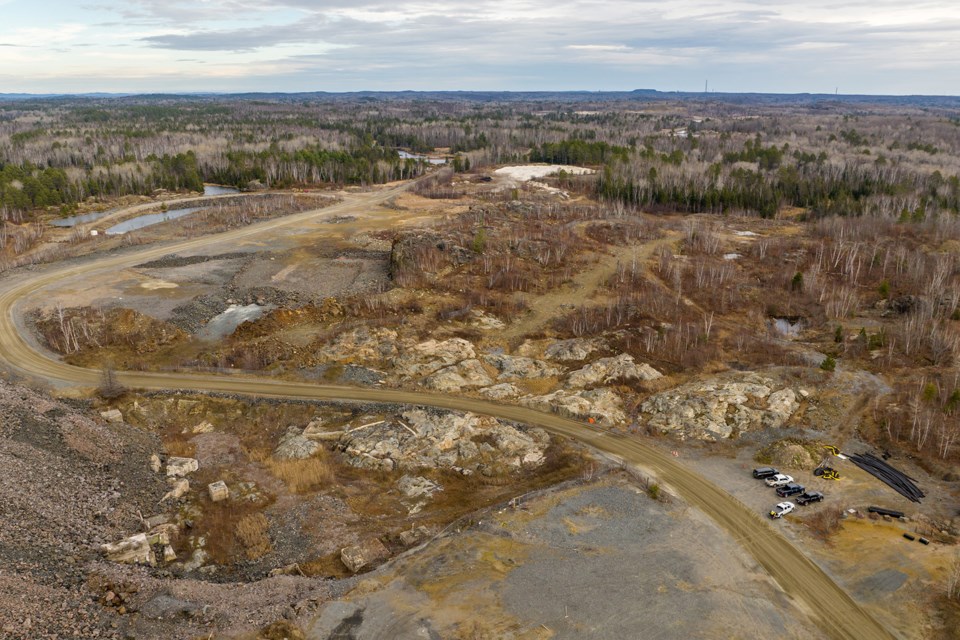Magna Mining, an aspiring metals producer in Sudbury, has tapped into a new mineral zone near the surface at the site of a former Inco mine.
The local company launched a drill program this winter to look into how much life is left in the once-producing Crean Hill mine on the southeast corner of the Sudbury basin.
They now have some visual evidence of that after reporting some wide zones of copper and nickel mineralization at an underexplored area on the property.
What’s interesting is the discovery was made a kilometre east of where there’s already an established resource of about 31 million tonnes of nickel, copper, cobalt, platinum, palladium and gold.
In a Feb. 23 news release, Magna said only four drill holes have been completed so far in this exploration program but “core visuals” confirm a new zone of sulphide mineralization that could be a new resource or a new deposit that might be amenable to open-pit mining.
Magna’s exploration team had been following up some historic drilling performed by a previous company. Results still have to come back from the assay lab but the company is encouraged with the start.
“We are encouraged to intersect near surface mineralization along strike of the known Crean Hill mine ore zones,” said Dave King, Magna vice president, in a statement.
“The widths of mineralization intersected are significant, and if the copper and nickel grades are consistent with the historical drill hole…with further definition drilling this zone may potentially be amenable to open pit mining. We expect to have assay results for this initial drilling within four weeks and will report results soon after they are received.“
Crean Hill Mine, a former Inco underground operation, near Whitefish, was closed in 2002 after 80 years in operation. Magna acquired the heavily-drilled property from Lonmin Canada late last year.
At its Shakespeare property, 45 kilometres west of Sudbury, the company is pushing the boundaries of a proposed open-pit nickel mine. It would be a restart of a mine that was operated briefly by another company between 2010 and 2012. Magna posted a feasibility study showing a 14.4-million-tonne indicated resource with a seven-year mine life but exploration drilling results show it has the potential to be longer.
The assay results from a second round of drilling at the deposit reveal nickel, copper and platinum group metals mineralization running to the west and dipping but shallow, suggesting there are more resources out there that can be incorporated into a larger pit operation.
It suggests, according to Mynyr Hoxha, vice president of exploration, that this western zone is wide open for expansion.
“Having intersected this zone of shallow-dipping mineralization cutting through the gabbros in multiple holes now, we believe this could be the feeder system for the entire mineralized Shakespeare deposit.”
The company drilled more than 4,000 metres and 15 drill holes at Shakespeare to try and get better handle on the geological structure on the west end of the deposit.
Another exploration and drilll program at Shakespeare gets cranked up in the second quarter of this year.
Magna is working on a preliminary economic assessment that incorporates both projects into a hub-and-spoke mining and processing model. Shakespeare is already permitted to host a 4,500-tonne per day processing plant and tailings pond, should the company decide to construct it.
